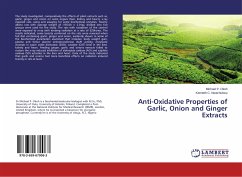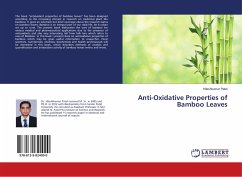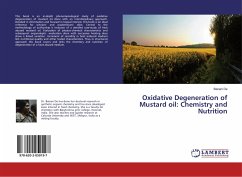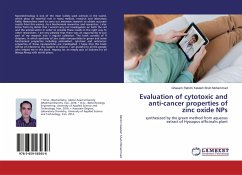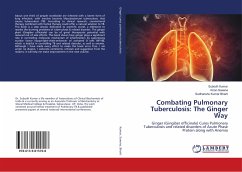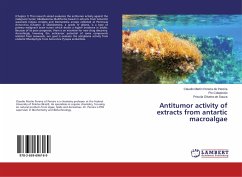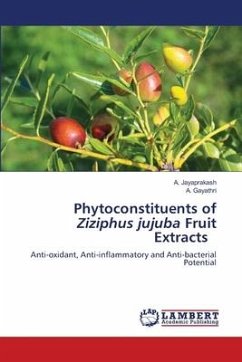The study investigated, comparatively the effects of plant extracts such as, garlic, ginger and onion on some organs (liver, kidney and heart), x-ray exposed rats, using and assaying for some biochemical enzymes. Twenty albino rats with average weight of (155.00 ± 2.01g), divided into five groups were used for the study. The rats with exception of the control were exposed to x-ray with ionizing radiation at a rate of 525kv/sec. The results indicated, some toxicity conferred on the rats were reversed when fed diet containing garlic, ginger and onion, evidently shown in some of the biochemical parameters examined that includes: body weight gain, plasma and femur alanine aminotransferase (ALP) activity; enzymatic changes in super oxide dismutase (SOD), catalase (CAT) level in the liver, kidney and heart. Feeding ginger, garlic and onions extracts failed to restore the x-ray induced inhibition of aldenylate oxidase (AO) and sulphite oxidase (SO) activities in the liver and heart. Data of the study indicated that garlic and onions had more beneficial effects on radiation induced toxicity in rats at least.

